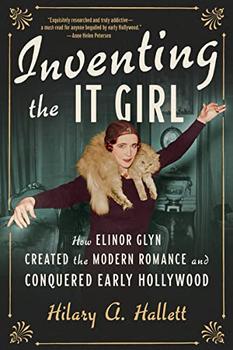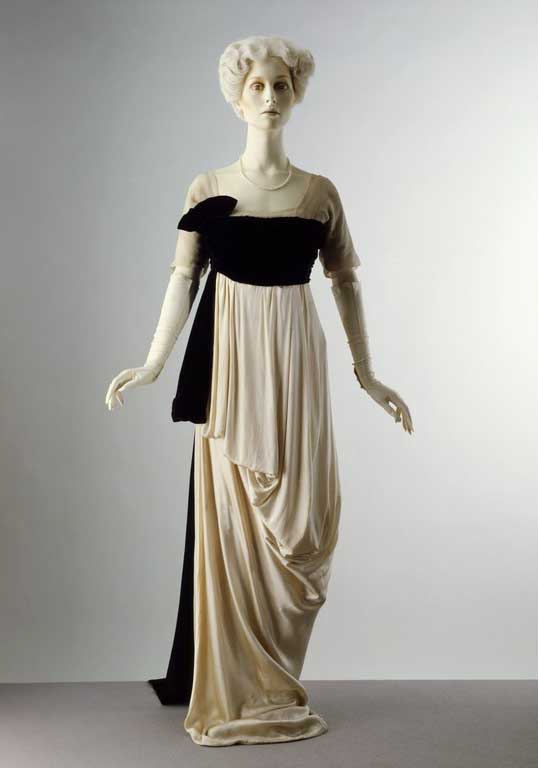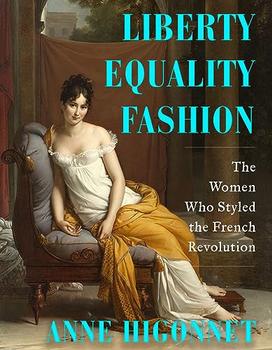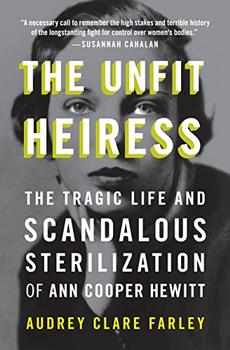Summary | Excerpt | Reviews | Beyond the book | Read-Alikes | Genres & Themes | Author Bio

How Elinor Glyn Created the Modern Romance and Conquered Early Hollywood
by Hilary A. HallettThe modern romance novel is elevated to a subject of serious study in this addictively readable biography of pioneering celebrity author Elinor Glyn.
Unlike typical romances, which end with wedding bells, Elinor Glyn's (1864–1943) story really began after her marriage up the social ladder and into the English gentry class in 1892. Born in the Channel Islands, Elinor Sutherland, like most Victorian women, aspired only to a good match. But when her husband, Clayton Glyn, gambled their fortune away, she turned to her pen and boldly challenged the era's sexually straightjacketed literary code with her notorious succes de scandale, Three Weeks (1907). An intensely erotic tale about an unhappily married woman's sexual education of her young lover, the novel got Glyn banished from high society but went on to sell millions, revealing a deep yearning for a fuller account of sexual passion than permitted by the British aristocracy or the Anglo-American literary establishment.
In elegant prose, Hilary A. Hallett traces Glyn's meteoric rise from a depressed society darling to a world-renowned celebrity author who consorted with world leaders from St. Petersburg to Cairo to New York. After reporting from the trenches during World War I, the author was lured by American movie producers from Paris to Los Angeles for her remarkable third act. Weaving together years of deep archival research, Hallett movingly conveys how Glyn, more than any other individual during the Roaring Twenties, crafted early Hollywood's glamorous romantic aesthetic. She taught the screen's greatest leading men to make love in ways that set audiences aflame, and coined the term "It Girl," which turned actress Clara Bow into the symbol of the first sexual revolution.
With Inventing the It Girl, Hallett has done nothing less than elevate the origins of the modern romance genre to a subject of serious study. In doing so, she has also reclaimed the enormous influence of one of Anglo-America's most significant cultural tastemakers while revealing Glyn's life to have been as sensational as any of the characters she created on the page or screen. The result is a groundbreaking portrait of a courageous icon of independence who encouraged future generations to chase their desires wherever they might lead.
30 black-and-white images throughout
Fans of celebrity biography will find much to celebrate here, as many of Nell's remarkable circle of friends and acquaintances — including Rudolf Valentino, Sarah Bernhardt, Daisy Greville and of course Clara Bow — have cameos. And those who value social history more generally will appreciate how Hallett's biography carefully interrogates the ways in which gender, class and geography shaped Nell's options and opportunities, as well as her understanding of how to expand the boundaries of sexuality on page and screen. Inventing the It Girl is both a lively portrait of a memorable figure and a thoughtful chronicle of the times she was shaped by — and how she shaped them in return...continued
Full Review
(798 words)
This review is available to non-members for a limited time. For full access,
become a member today.
(Reviewed by Norah Piehl).
 In the introduction to her biography of Elinor Glyn, author Hilary A. Hallett acknowledges that one of the biggest challenges she faced in writing the book "was not to let [Glyn's] many fascinating friends—and the many places they traveled—carry away the narrative for too long." Among the most intriguing of the secondary characters who populate Glyn's story is her older sister Lucy, later known as Lucy Duff-Gordon following her marriage to her second husband. Most high-born women of the Edwardian period, however, would have known Glyn's sister simply as Lucile, after the high-fashion clothing line she founded as one of the era's most famous couturiers.
In the introduction to her biography of Elinor Glyn, author Hilary A. Hallett acknowledges that one of the biggest challenges she faced in writing the book "was not to let [Glyn's] many fascinating friends—and the many places they traveled—carry away the narrative for too long." Among the most intriguing of the secondary characters who populate Glyn's story is her older sister Lucy, later known as Lucy Duff-Gordon following her marriage to her second husband. Most high-born women of the Edwardian period, however, would have known Glyn's sister simply as Lucile, after the high-fashion clothing line she founded as one of the era's most famous couturiers.
According to Hallett's book, Glyn was, in fact, partially responsible for...
This "beyond the book" feature is available to non-members for a limited time. Join today for full access.

If you liked Inventing the It Girl, try these:

by Anne Higonnet
Published 2024
Three women led a fashion revolution and turned themselves into international style celebrities.

by Audrey Farley
Published 2023
For readers of The Immortal Life of Henrietta Lacks and The Phantom of Fifth Avenue, a page-turning drama of fortunes, eugenics and women's reproductive rights framed by the sordid court battle between Ann Cooper Hewitt and her socialite mother.